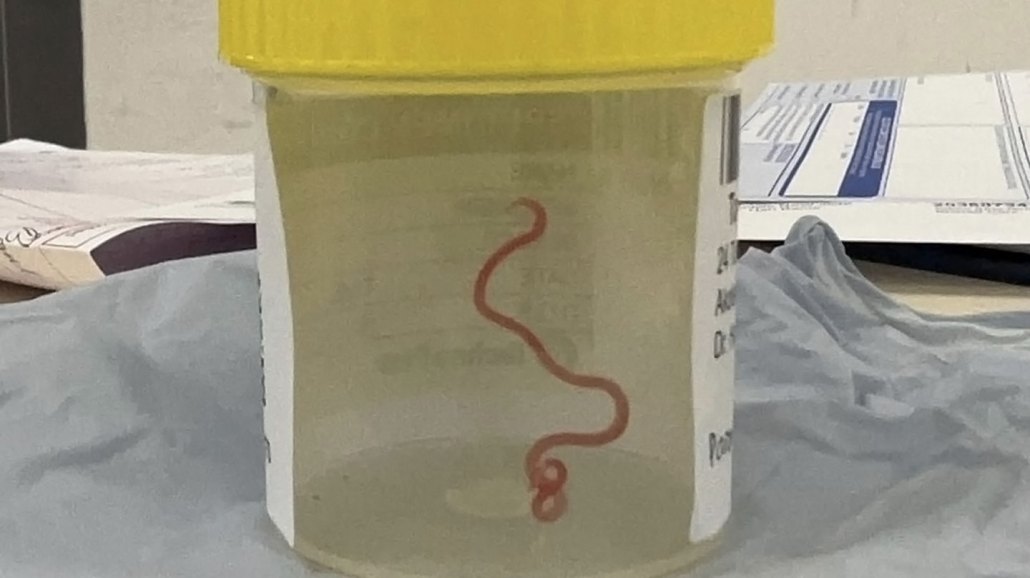Doctors found a live python parasite in a woman’s brain
The worm, Ophidascaris robertsi, is not the only type of worm that can infect human brains

A neurosurgeon pulled this living worm from an Australian woman’s brain. It was a python parasite that had never before been found in people.
Canberra Health Services